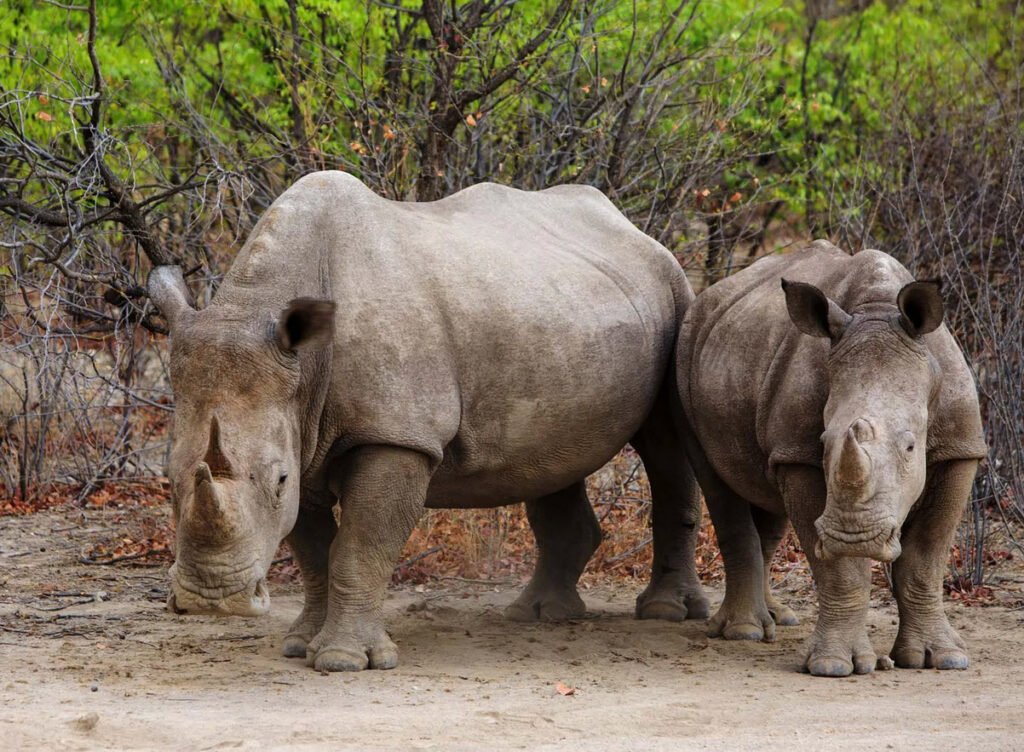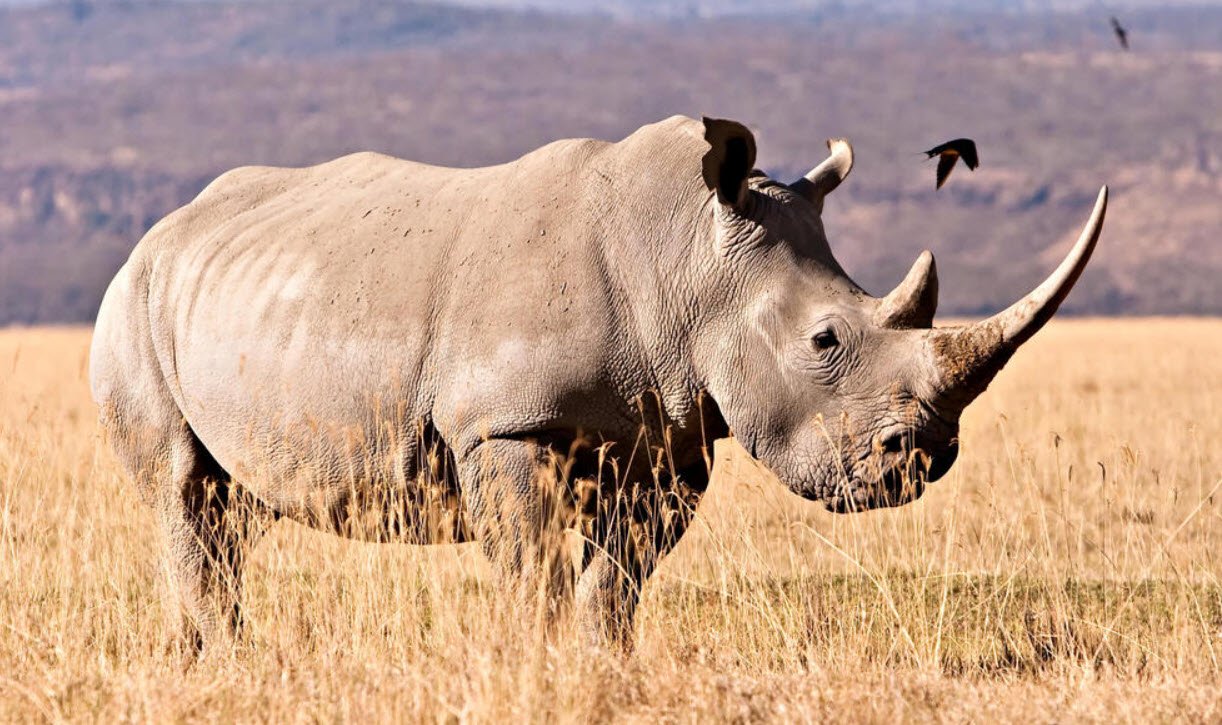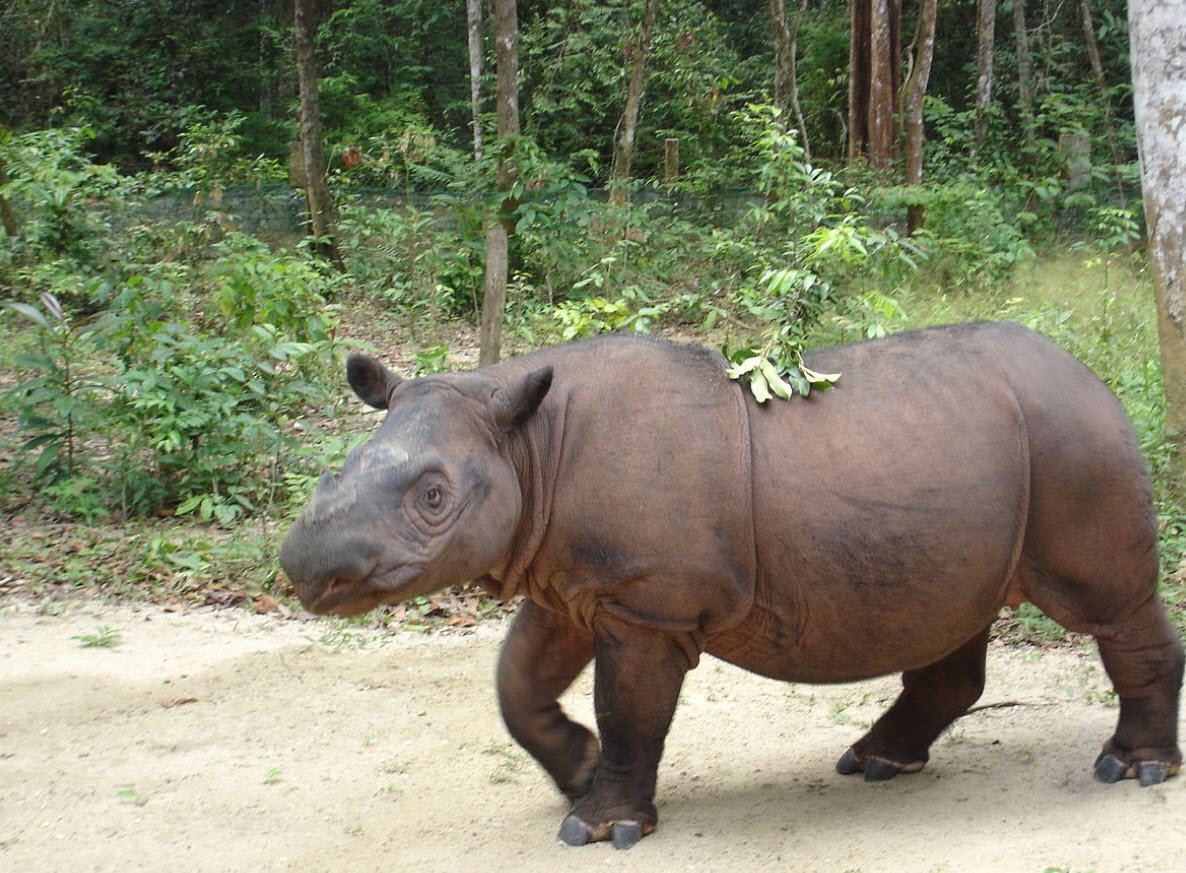
Rhinoceroses, majestic and iconic creatures of the wild, are facing a severe threat to their existence across the globe. Poaching, habitat loss, and human-wildlife conflict have pushed these magnificent animals to the brink of extinction.
Among the several species of rhinoceroses, the White Rhinoceros, Black Rhinoceros, Sumatran Rhinoceros, Indian Rhinoceros, and Javan Rhinoceros are particularly endangered, demanding urgent conservation efforts to preserve their populations.
- White Rhinoceros
- Black Rhinoceros
- Sumatran Rhinoceros
- Indian Rhinoceros
- Javan Rhinoceros
White Rhinoceros (Ceratotherium simum)
The White Rhinoceros, with its square-shaped mouth adapted for grazing, is one of the largest land animals. Native to Southern Africa, it is critically endangered due to relentless poaching for its horns, which are erroneously believed to possess medicinal properties. Efforts are being made to protect this species through anti-poaching measures and community involvement in conservation.

Black Rhinoceros (Diceros bicornis)
The Black Rhinoceros, native to eastern and southern Africa, is critically endangered primarily due to habitat loss and poaching for its horns. Its horns are highly valued in traditional medicine and as a status symbol. Conservation programs are working to protect this species by strengthening anti-poaching initiatives, improving habitat management, and promoting community engagement in conservation efforts.

Sumatran Rhinoceros (Dicerorhinus sumatrensis)
The Sumatran Rhinoceros is one of the most critically endangered rhinoceros species, residing in Southeast Asia. Poaching and habitat fragmentation are the major threats to this species, and its population has dwindled significantly in recent decades. Conservationists are striving to protect the remaining individuals through habitat preservation, captive breeding programs, and international cooperation.

Indian Rhinoceros (Rhinoceros unicornis)
The Indian Rhinoceros, native to the Indian subcontinent, is listed as vulnerable due to habitat loss and poaching for its horns. Conservation efforts in India and Nepal are focused on protecting its habitats, controlling poaching, and translocating individuals to establish new populations in suitable areas.

Javan Rhinoceros (Rhinoceros sondaicus)
The Javan Rhinoceros, the most threatened rhinoceros species, is critically endangered and exists only in small populations in Indonesia and Vietnam. Habitat loss and illegal hunting are the primary reasons for its endangerment. Conservation initiatives are concentrating on habitat protection, anti-poaching measures, and research to aid the recovery of this nearly extinct species.

In addition to on-the-ground conservation efforts, international cooperation and public awareness campaigns are crucial in addressing the challenges faced by these magnificent creatures. It is essential for governments, organizations, and individuals to work together to ensure the survival and thriving of these remarkable species.
Conservation organizations, governmental bodies, and concerned individuals play a vital role in ensuring the survival of these endangered rhinoceros species. Financial support, political will, strengthened legislation, and active involvement of local communities are imperative in preserving the habitats and combating poaching, the major threats to these majestic creatures.
In conclusion, the plight of endangered rhinoceroses is a pressing global concern that demands immediate and concerted action. By raising awareness, providing adequate funding, and implementing effective conservation strategies, we can collectively strive to secure a brighter future for these remarkable creatures and maintain the ecological balance they contribute to our planet.
You may also like: